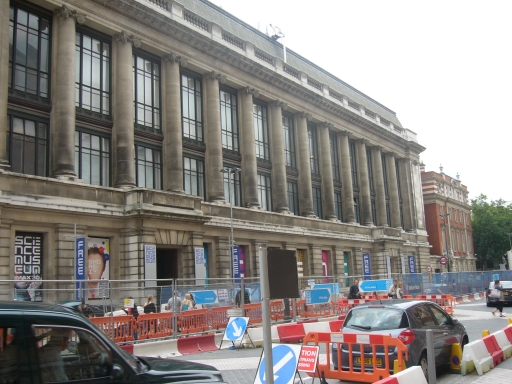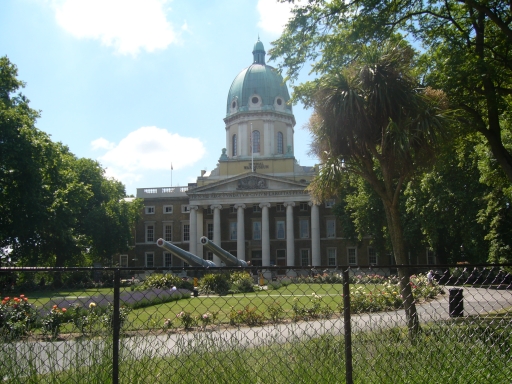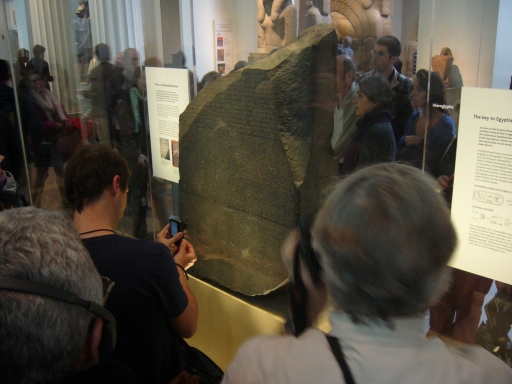Museums – so much to see
One of the highlights of our London trip was the museums and galleries we saw. London has so many that I became quite an expert in a very short time. Well, more an aficionado than an expert, as I was treated to so many different ways to exhibit.

I visited the British Museum, the Museum of London, the Transport Museum, Sir John Soane’s Museum, the Natural History Museum, the Science Museum, the Victoria and Albert Museum, the Bank of England Museum, the Museum of Garden History, the Faraday Museum, the Imperial War Museum, the Churchill Museum, the Guards’ Museum, the National Maritime Museum, the Royal Observatory Museum, the Kew Bridge Steam Museum, the National Gallery, the National Portrait Gallery, Tate Britain, Tate Modern, the Royal Academy and the Wallace Collection.
The great, state owned museums are free in London, which is a wonderful thing, encouraging huge crowds even for the regular exhibitions. The Parthenon Marbles room at British Museum was packed, and it was hard to get close to the Rosetta Stone, for instance and the Science Museum interactive displays were extremely well patronised.
Displays seemed to be of two kinds. Extremely modern and engaging, often incorporating multi-media to immerse you in the experience. ‘The Trench Experience’ at the Imperial War Museum, for instance, was quite harrowing. The Churchill Museum, too, brought war experience to life. It was affecting.

The other kind of display was the more traditional ‘glass case and label’ display. In some of the more gargantuan museums, like the Natural History Museum, or the V&A, once we moved away from the ground floor popular exhibits, we found some of these more quaint displays. They had a timeless air, and I could easily imagine Victorians and Edwardians studying these same cabinets of stuffed animals or unusual minerals, enjoying the unexpected poetry of ‘Galena, Wild River, WV.’
And that was the pleasure of all the museums/galleries, huge and rambling or small and focused. They were all dedicated to knowledge. More than that, they were there to share this knowledge, for learning. They are the products of the Enlightenment and the best that that splendid time represented. Anyone can roam around these collections and partake in the intellectual enterprise in front of them. Anyone can be extended, tantalised, amused and startled.

As Merlin said in TH White’s eccentric recreation: ‘The best cure for sadness is to learn something.’
I love a good museum.
I’m tired just reading about it!
And jealous.